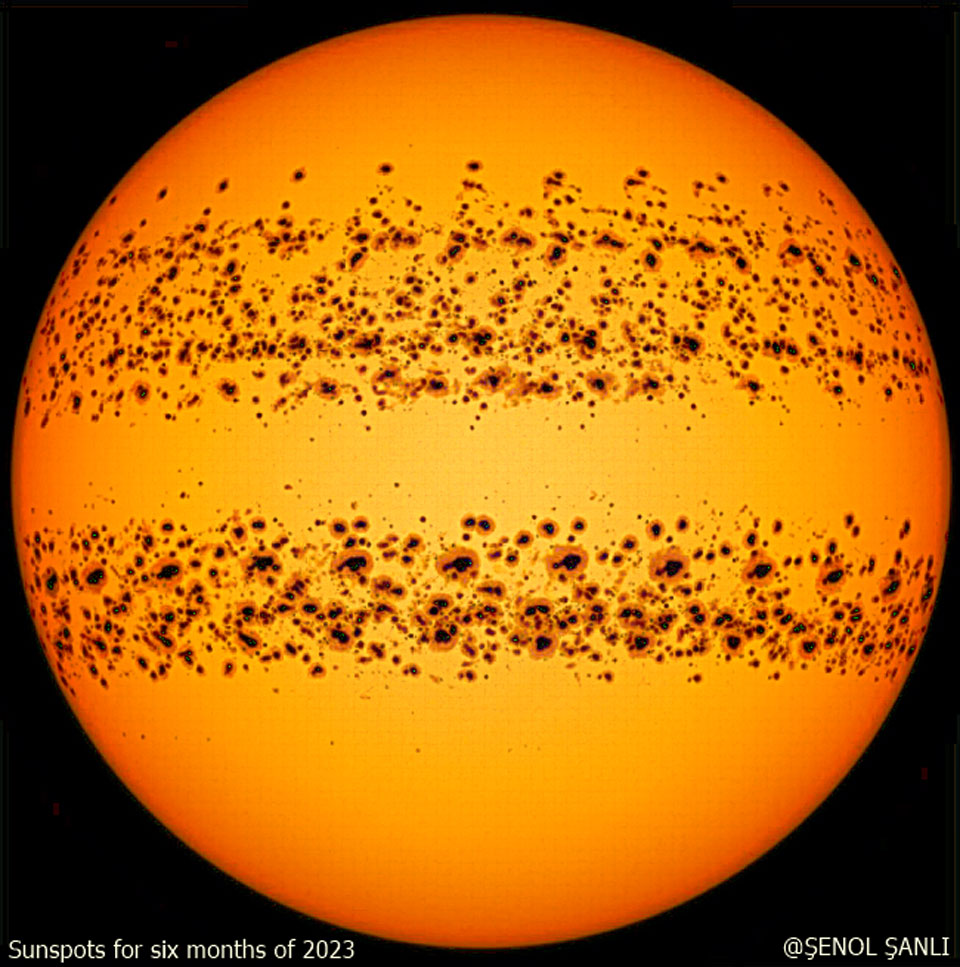this post was submitted on 16 Jul 2023
128 points (100.0% liked)
SpacePics
8 readers
1 users here now
A community dedicated to sharing high quality images of space and the cosmos
Rules:
-
Include some context in the title (such as the name of the astronomical object or location where it was photographed)
-
Only images, pictures, collages, albums, and gifs are allowed. Please link images from high quality sources (Imgur, NASA, ESA, Flickr, 500px , etc.) Videos, interactive images/websites, memes, and articles are not allowed
-
Only submit images related to space. This may include pictures of space, artwork of space, photoshopped images of space, simulations, artist's depictions, satellite images of Earth, or other related images
-
Be civil to one another
founded 1 year ago
MODERATORS
you are viewing a single comment's thread
view the rest of the comments
view the rest of the comments

It's just an are that is cooler than the surrounding plasma. Formed through changes in the magnetic field. Here's a cool article.
and fun fact, apparently they only look that dark in relation to the rest of the sun; they'd be a glowing orange-ish color if isolated
Oh yeah definitely still glowing hot at over 6,000F.